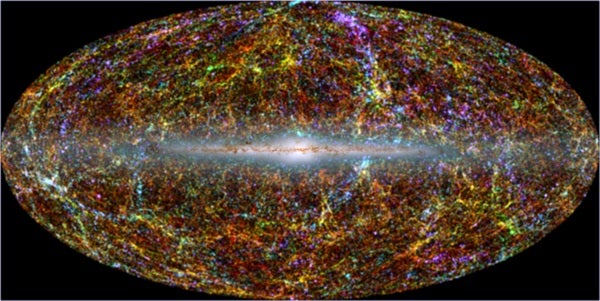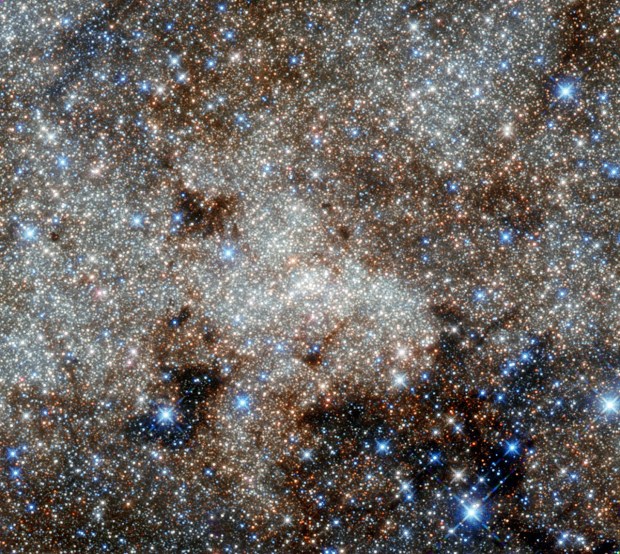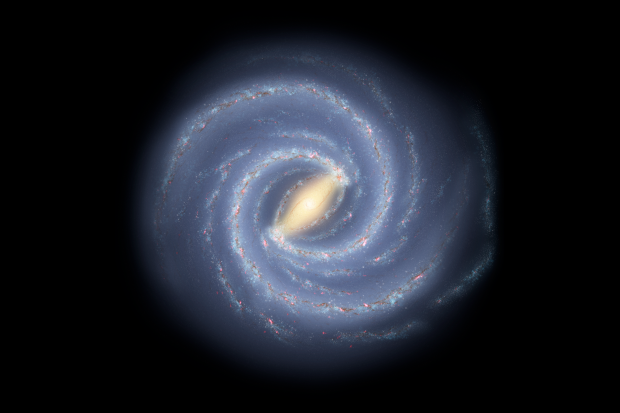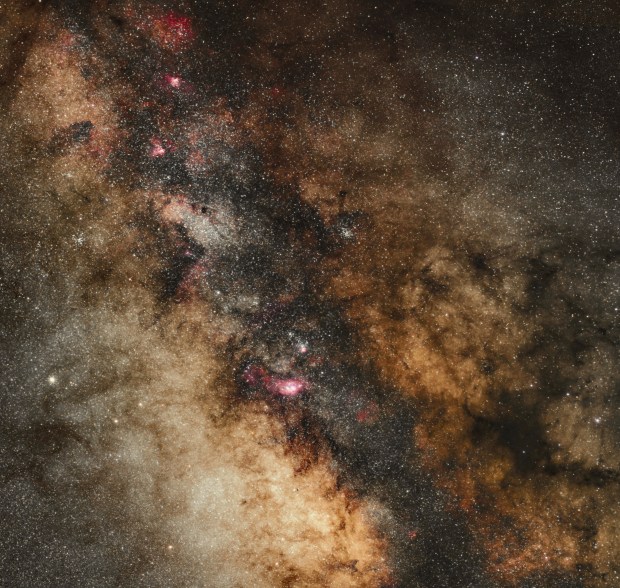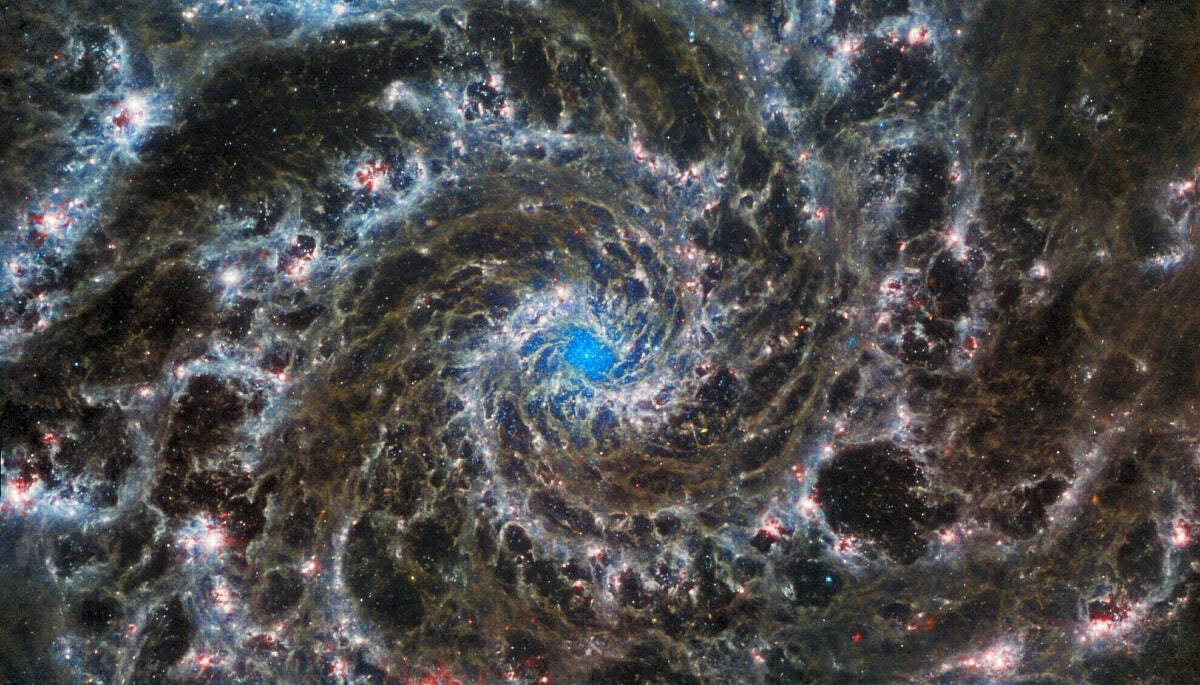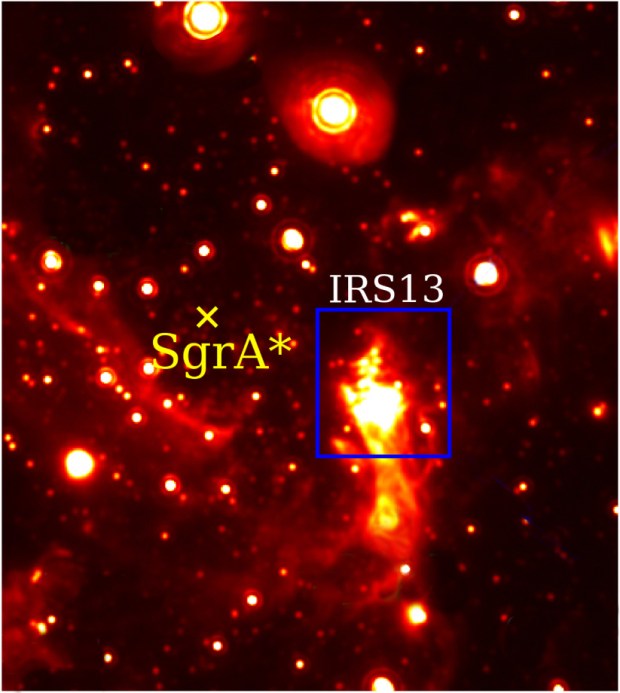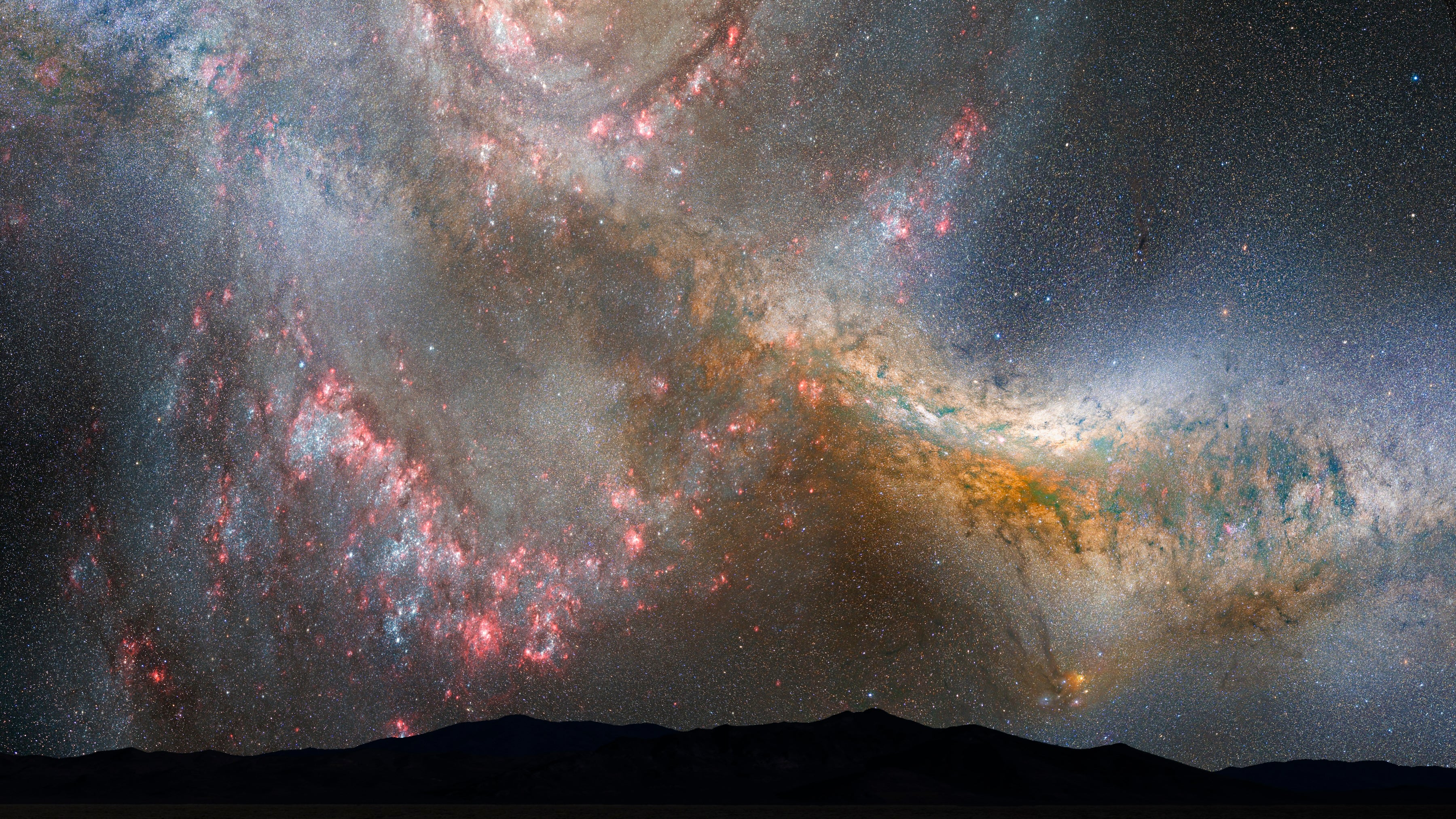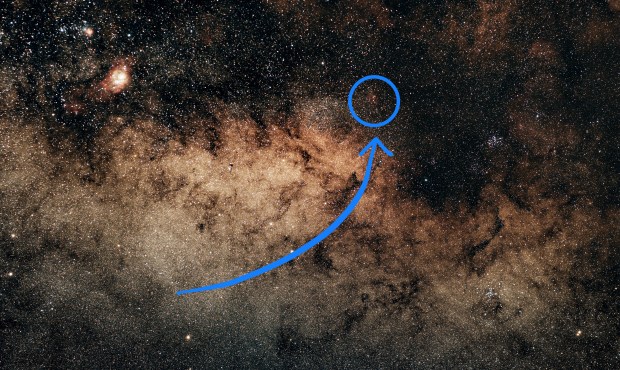The Local Group is located on the outskirts of the Local Supercluster (often called the Virgo Supercluster), and the Virgo Cluster sits at the center. This collection of up to 2,000 galaxies includes some that are much more massive than the Milky Way.
Using an everyday analogy, if galaxies were houses, you could think of the Virgo Cluster as the big city in a county called the Local Supercluster. That makes our Local Group a small rural town.
On scales bigger than a supercluster, the universe is homogeneous and isotropic. That means it is roughly the same at all locations and in all directions. There is no center to the universe, which current models say is infinite in size, though every “observer” is at the center of their own finite-sized “observable universe” (which has a radius of the distance light has traveled since the Big Bang).
This also explains why maps of the universe often make it look like the Milky Way is at the center.
Institute of Cosmology and Gravitation
University of Portsmouth
United Kingdom

